What is a smart recessed light
A smart LED downlight is a programmable, network-connected luminaire that can be operated wirelessly from an IP-enabled device. Recessed lighting is an integral part of the design composition in architecturally sensitive spaces where a clean ceiling appearance is critical.
With little or no profile, recessed lights bring clean ceiling lines and visually comfortable light to residential, hospitality, commercial, institutional and retail spaces. They cast a beam that is directed downwards with a narrow to wide light distribution at either a perfectly vertical or an adjustable angle. Recessed downlights with a flood beam spread are a common option for ambient lighting which fills a space with a soft, uniform layer of light. Focused, targeted light from narrow beam spotlights is used to illuminate an area for a specific task. Recessed spotlights are also employed to produce concentrated beams of light for accent lighting which creates focal points and visual interests. A wall washing luminaire evenly illuminates a wall from top to bottom to hide imperfections, provide ambient illuminance and add dimension to a room.
A myriad of new application possibilities
Through connectivity with networks, the intelligence embedded in recessed lights or combined with intelligence provided by software in the cloud can be harvested to open up completely a myriad of new application possibilities. Beyond the energy efficiency and user convenience maximized by smart lighting, adapting lighting to human needs for a higher quality of life is becoming a reality rather than a luxury. Lighting must supply optimal visual conditions, but it is not just visual. Mood, atmosphere, visual comfort, aesthetic judgement, social communication, health and well-being are all influenced by lighting. Since the discovery of the third photoreceptor a third photoreceptor (besides rods and cones) in the eye and the evidence of biological effects on the human body, human centric lighting (HCL) has become the driving force for innovations in the lighting industry.
Modern trends of people spending a significant portion of their day indoors have generated many ways to disrupt naturally evolved circadian rhythms. HCL intends to bring the dynamics of natural daylight into the interior spaces we live and work such that our biological clocks are in synchrony with the daily rhythms in its environment. This concept involves flexible adjustment of spectral composition and intensity of the light, which calls for a lighting solution that is adaptive, dynamic, and intelligent.
LED technology brings lighting to the forefront of digitalization
Smart lighting has evolved to take on new challenges. Today, it is a convergence of LED lighting, wireless networking and data processing technologies. The transformative advancements were catalyzed by the advent of solid state lighting based on LED technology which brought lighting to the forefront of digitalization. LEDs are semiconductor devices that emit light when the p-n junction is forward biased. Direct conversion from electrical power to optical power through injection electroluminescence makes it possible to create light emitters that produce considerably more light, last much longer and operate in a drastically smaller footprint as opposed to incandescent, halogen and fluorescent lamps.
Accompanying the increased luminous efficacy, optical controllability, design freedom and longevity are new capabilities that make smart lighting on steroids. LEDs respond to control signals for on/off switching and dimming control with almost no latency. Their lifespan is not affected by high frequency switching. These current driven emitters are inherently dimmable, which permits implementation of thoughtful lighting control strategies. In particular, the ability to perform digital dimming opens the door to accurate and flexible control on each LED channel of an additive color system.
Precise control of the spectral power distribution (SPD) through digital color mixing enables delivery of any point in the color gamut of dynamic white or RGB systems. The possibility to compose a light spectrum dynamically makes a compelling sense in tailoring lighting that takes into account all essential human needs, from vision to physiology and psychology.
System design
As with a typical recessed light, a smart LED downlight is generally comprised of a light engine, a trim, and a housing. The trim is the most prominent part of a recessed downlight. It is a light exit assembly that serves to provide optical regulation and aesthetical enhancement. It may be designed as a parabolic or hyperbolic cone, baffle trim, angle cut reflector, adjustable trim, wall wash trim, pinhole, bevel or slot. The housing is installed into the ceiling, holds the light engine and trim, and serves as part of the thermal path. The light engine is an assembly of the LED module and heat sink. The co-located or remote LED driver and control circuitry is a functional part of the light engine.
The LED module may be a COB LED that can be directly attached to the heat sink or an array of high power or mid-power SMD LEDs populated on a metal core printed circuit board (MCPCB). The latter is typically found in multi-channel LED systems that provide dim-to-warm or tunable white lighting. Dim-to-warm lighting mimics the dimming behavior of thermal radiators such as incandescent or halogen lamps to provide a comfortable, welcoming ambience. Tunable white lighting is designed to support the HCL concept. It often combines warm white LEDs (usually around 2700 K) and cool white LEDs (usually around 6000K) to provide variable color temperature adjustment from warm white to cool white light. A tunable white light can also be implemented as an RGBW or RGBWA system which provides a full-color gamut for producing high quality white light. Additionally, the full-color tuning system can be used to produce colored light for atmospheric lighting.
LED driver
In a smart lighting system, the LED driver is no longer a simple power supply that converts commercial AC power into a predetermined magnitude of DC power with minimal ripples in the output current. It’s also the enabler of all smart lighting features. The LED driver executes control input from the light controller to switch or dim the connected LEDs. Most lighting control strategies involve continuous dimming of the LEDs. To accomplish this, either a pulse-width modulation (PWM) or a constant current reduction (CCR) dimming circuit is built into the LED driver. PWM dimming, also called digital dimming, modulates the duty cycle of the pulsed LED current to achieve a proportional output. CCR dimming or analog dimming is accomplished by adjusting the current flowing continuous to the LEDs.
PWM dimming is typically preferred for color mixing systems because of its ability to perform accurate, color-stable dimming over the full range from 100% to 0%. Only when the ratios of the various colors of LED primaries are accurately assigned can a precise color or chromaticity value be achieved. However, PWM is costly and complex to implement. Simple dimming applications, which do not necessitate a precise level of lumen output and color accuracy, tend to implement an analog dimming system that is simple and of lower costs.
Light controller
The brain of a smart recessed light is the controller where all the control signals for the LED driver originate. The controller is a small computer that incorporates a processor, computer memory, and input/output (I/O) ports. It receives input from connected control devices and runs software programs to process information and issue instructions. Smart recessed lights may also use processing power of cloud servers to execute complex tasks. In order to connect to cloud server as well as an IP-enabled device such as a smartphone or tablet for remote operation, the controller must have network connectivity. The controller is equipped with a radio transceiver which allows data to be exchanged over the network. The information exchange is made using a communication protocol which defines a set of rules and formats to be followed by all network elements.
Wi-Fi, ZigBee and Bluetooth are wireless communication protocols of common use. Wi-Fi is favored for its ubiquitous presence and direct interoperability with smartphones and tablets. Bluetooth Low Energy (BLE) shares the same advantages and is additionally optimized for low power operation. The drawbacks to this technology are the short communication range and limited network scalability. ZigBee is a robust mesh network topology that can make up for the weaknesses of Bluetooth networking but requires the use of a hub to connect the lights to the Internet.
App control
Smart lighting liberates people from being tied to a specific switch to power a light. Through a mobile app smart recessed lights can be controlled from anywhere on the planet with Internet connection. A mobile app provides a full-featured user interface that typically has a lot of features to explore beyond the standard on/off and dimming control. Manage groups, create scenes, set schedules, sync lights to music and activate geofencing, all from the palm of your hand. Creativity abounds when bridging your smart lights with cloud-based task automation platforms such as IFTTT. Connect the lights to a cloud-based voice platform such as Amazon Alexa or Google Assistant and enjoy the convenience of hands-free control.

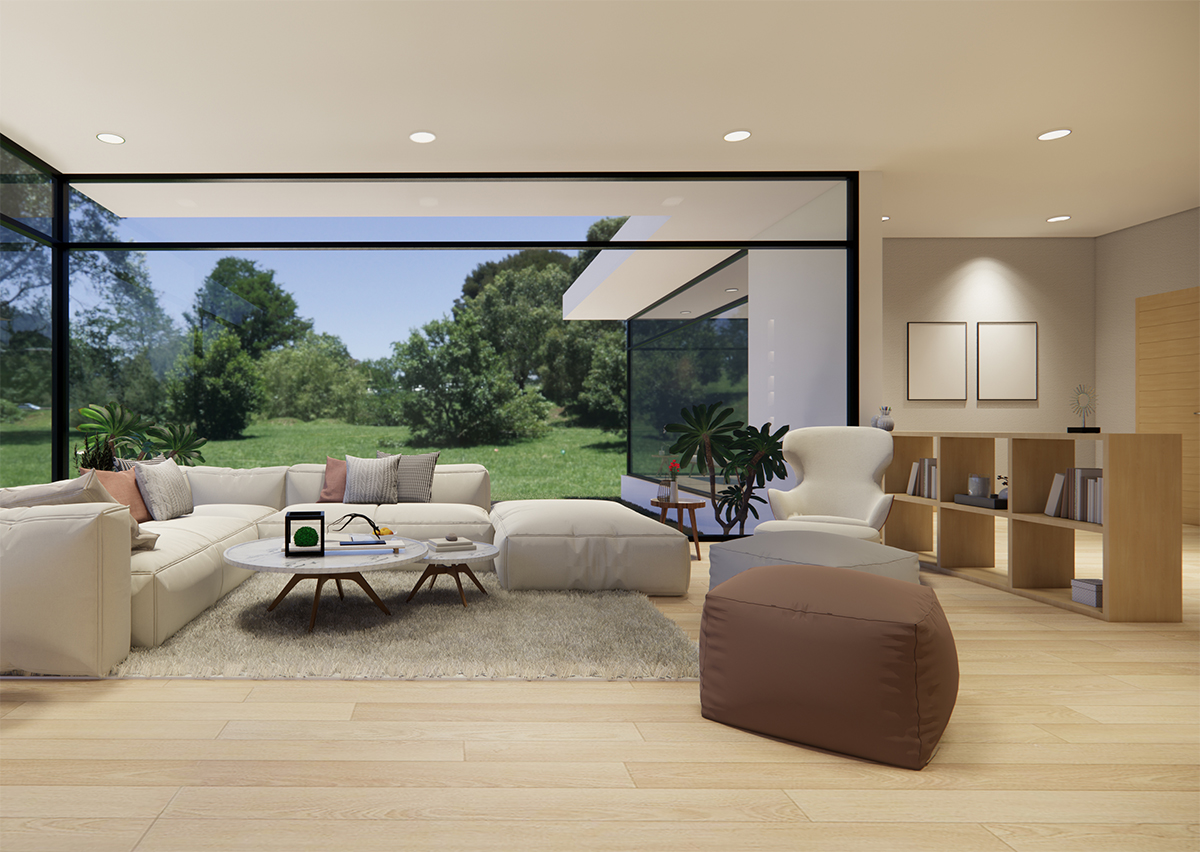


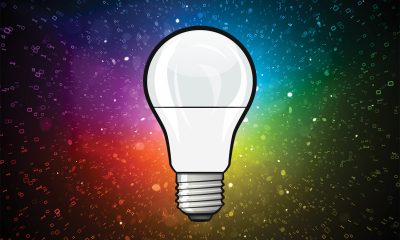
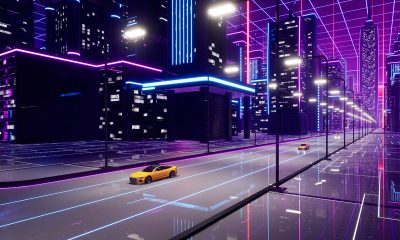
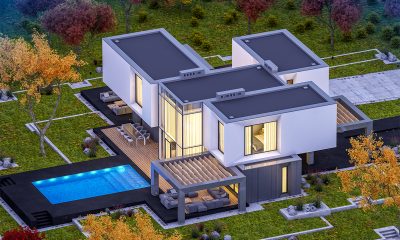

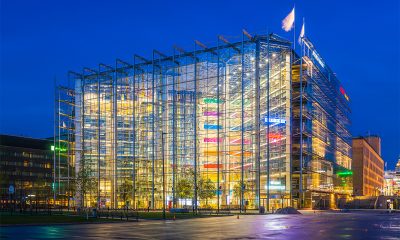

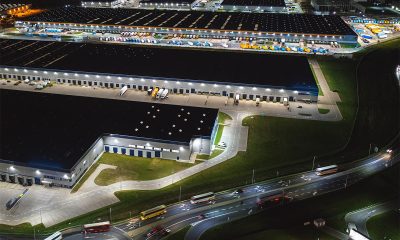

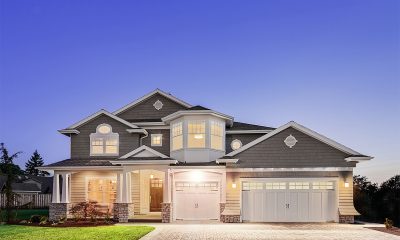






Loading...